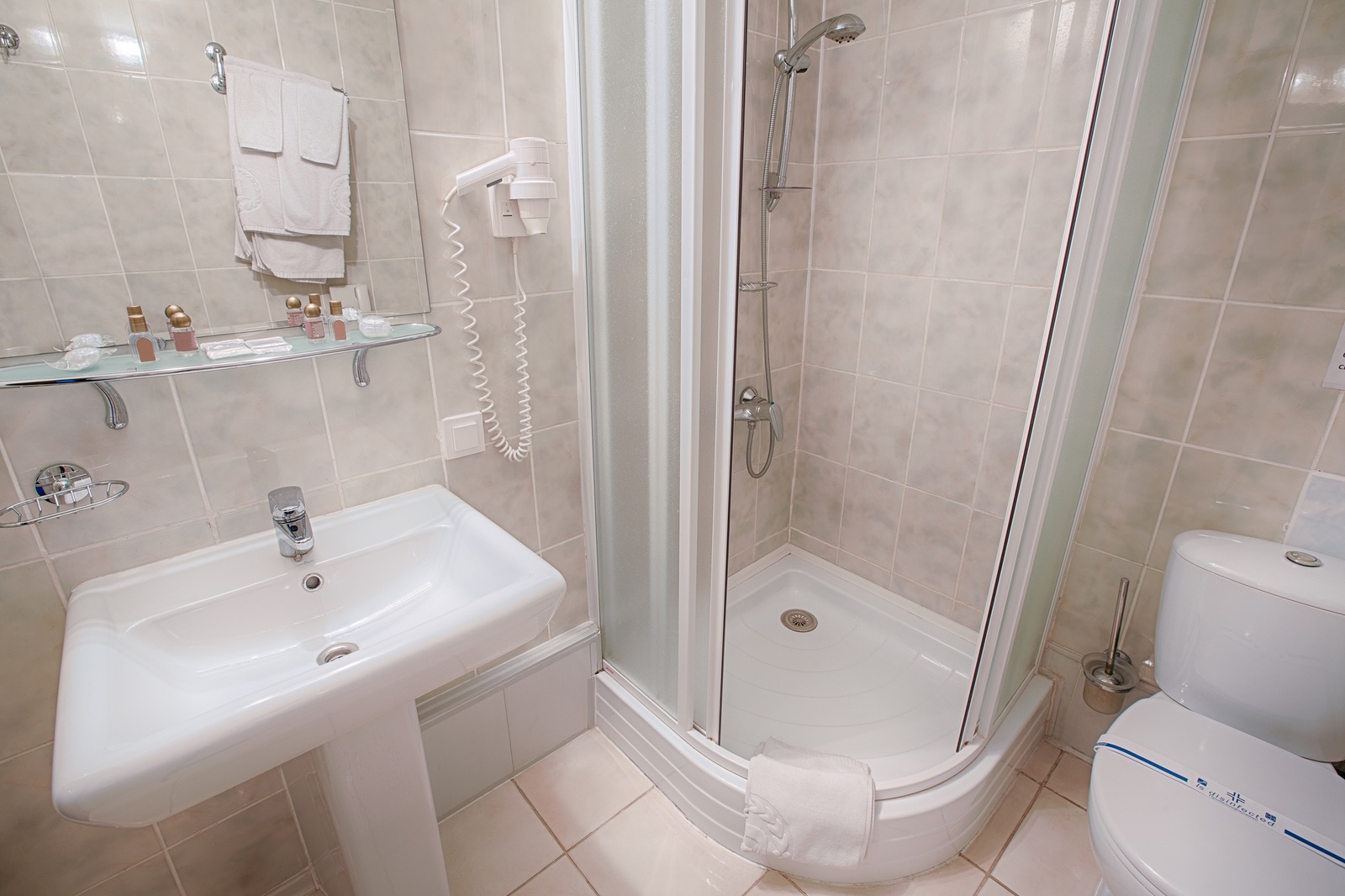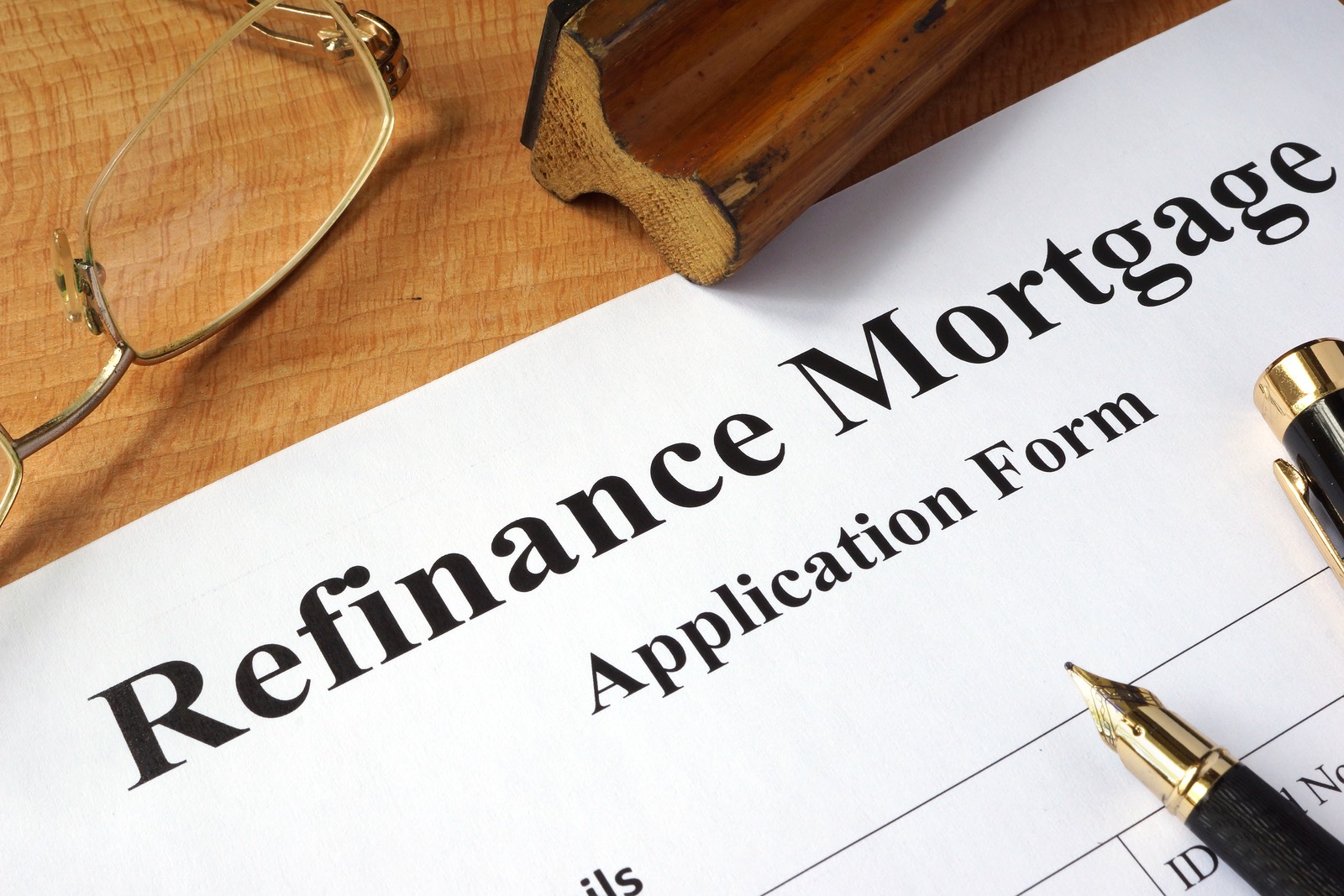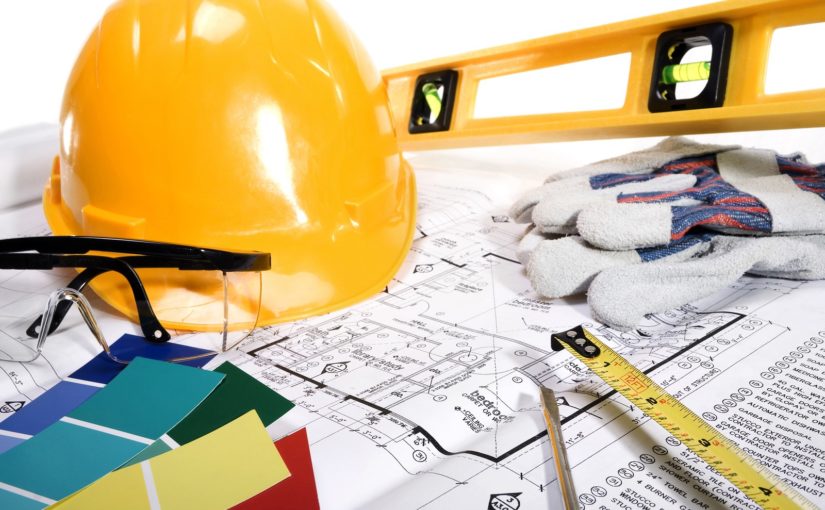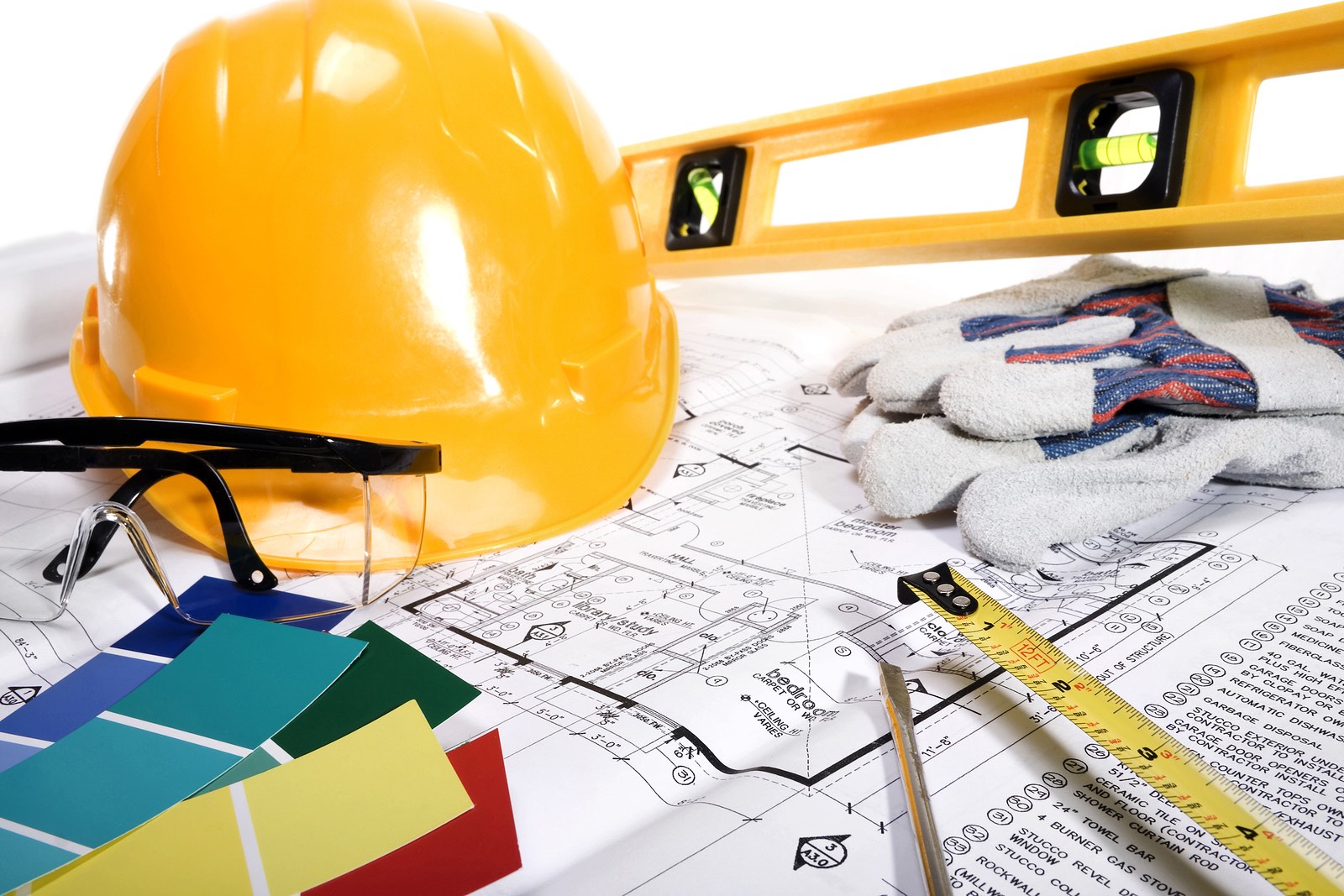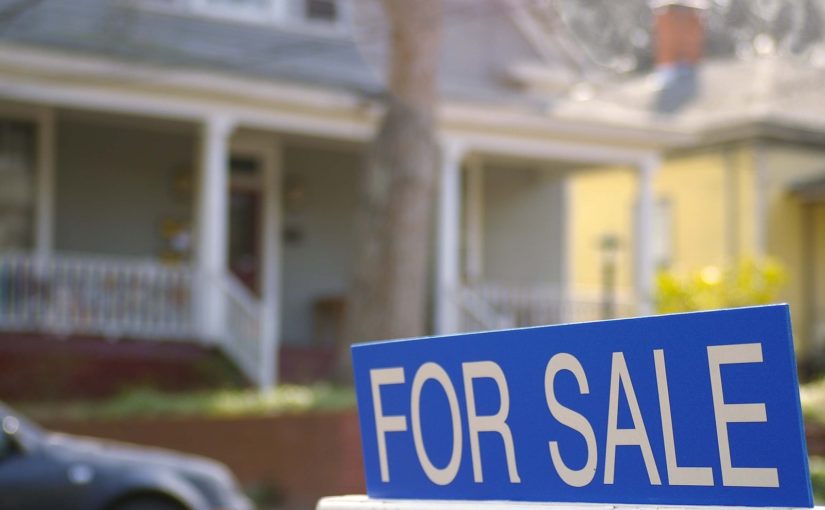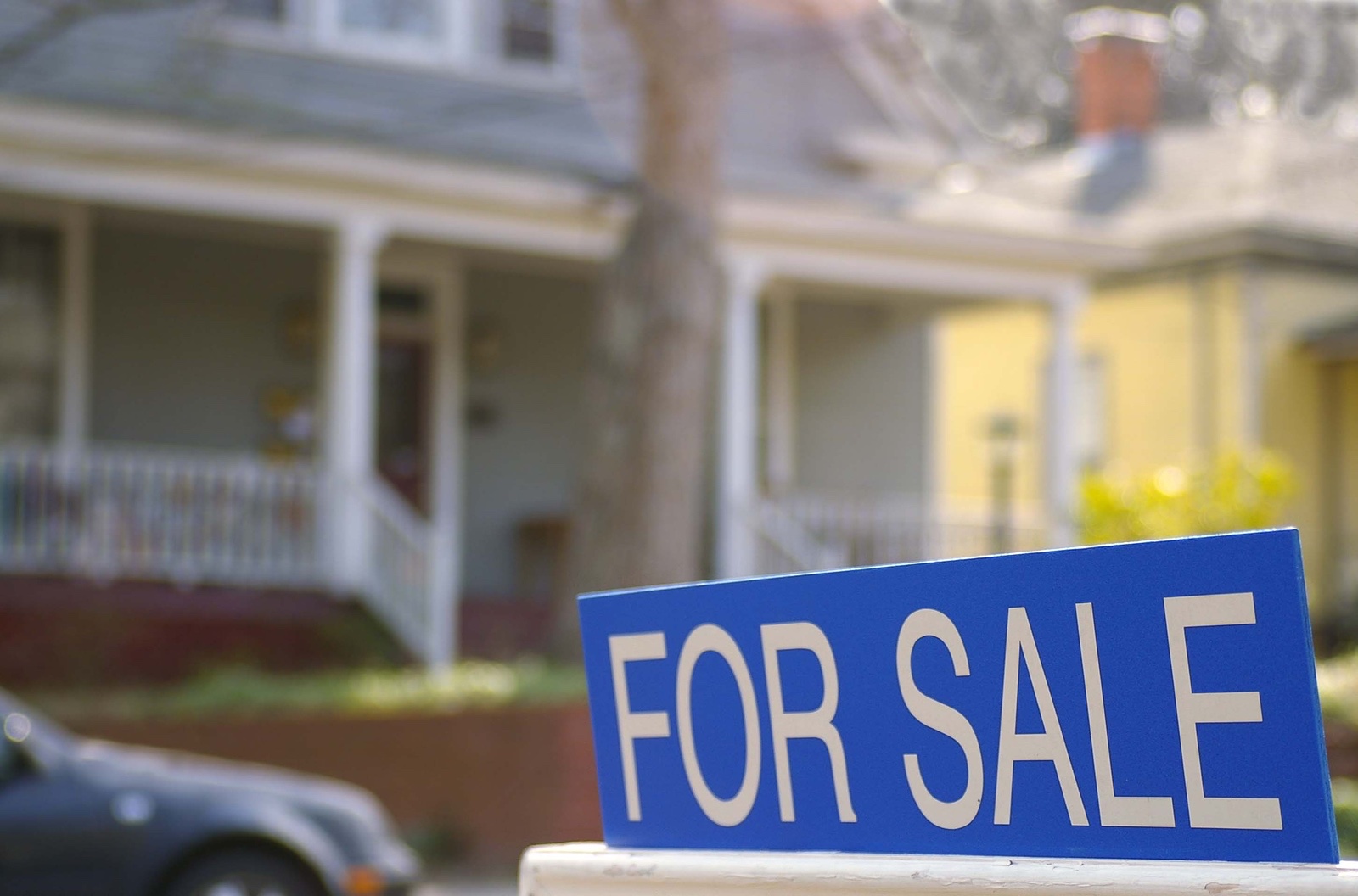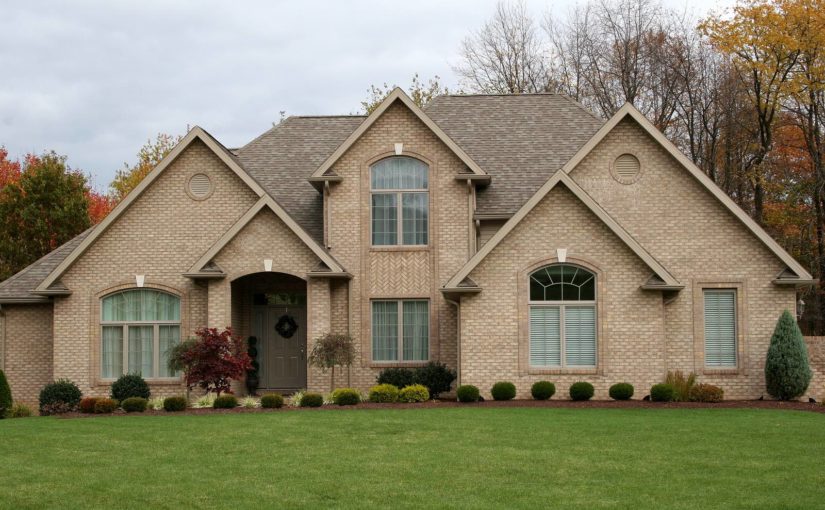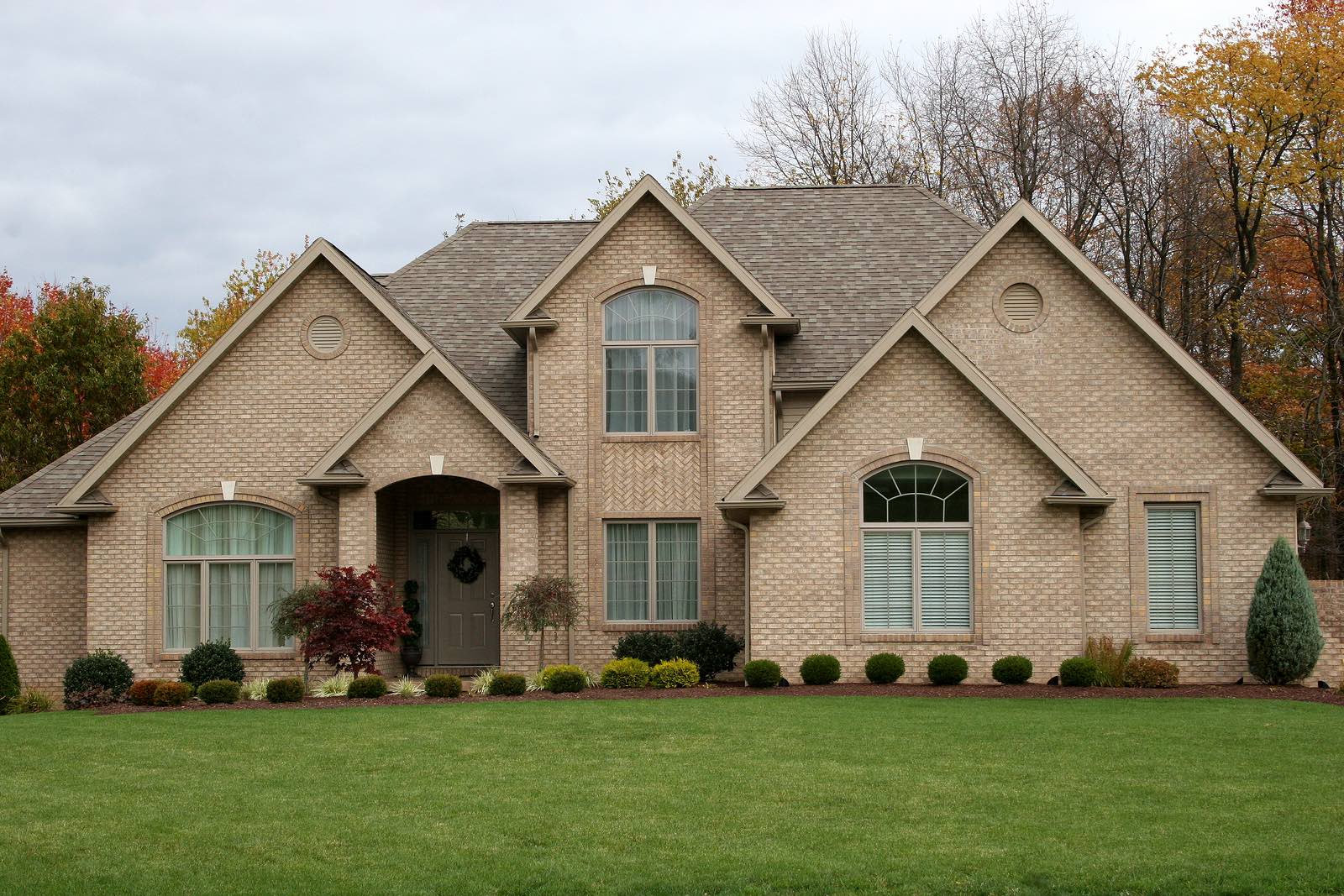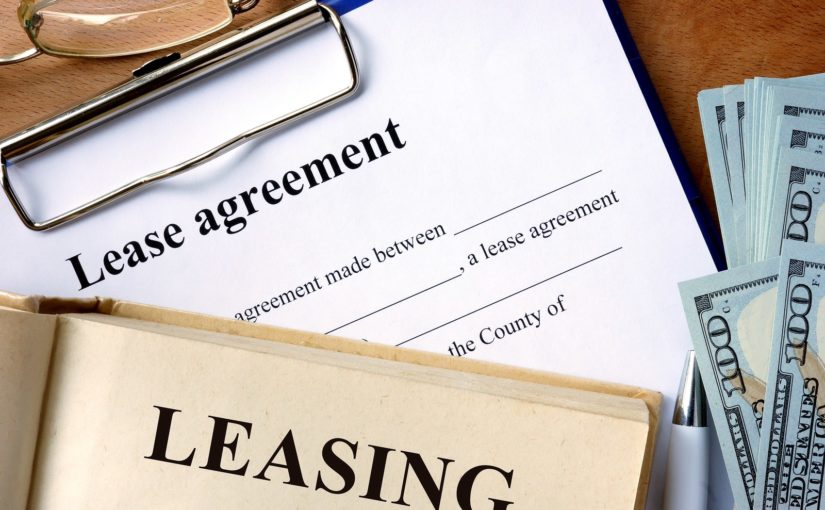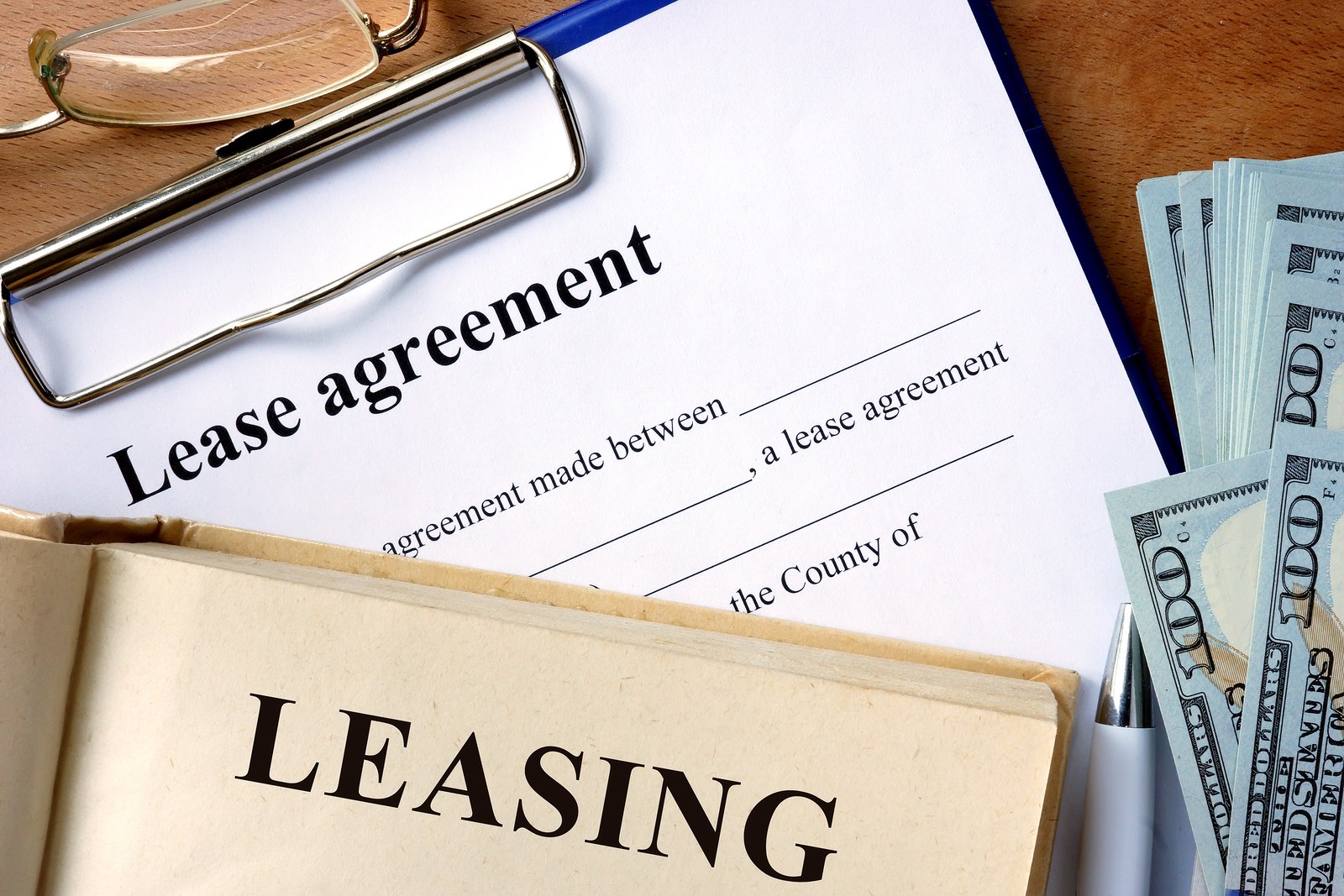
It’s no secret that we all love our homes, and buying a new one can be an exciting investment. We put great effort into personalizing that home so that it represents who we are.
Now the big question here is; should you live in a new home before renovation or renovate it before you move in?
Basically, if it’s lighting or plumbing repairs that you need to make the house habitable before you move, there’s no problem at all. Proceed with those minor renovations. However, if this is a big project it will require a lot of thought, planning, and resources to complete. Therefore, recommend you live in your newly acquired home for some months before knocking down its walls.
In this article, you’ll read four good reasons you should consider living in your home before you dive right into major improvements or renovations.
1. You may change your mind
You may have great ideas for the kind of improvements you would like to make on a new home as soon as you become the owner. However, until you live there for a while, it is difficult to know whether its current condition is right for you and your family.
For instance, you may have immediate plans to expand the available space by demolishing a certain wall. While these plans may seem great at the first, you may not know the benefits of that initial layout to your family without actually living in the house for a few months
Your day-to-day experiences in that new house could make you change your mind about your early ideas for major renovations. So be patient and give it a little time before you do anything major.
2. Immediate renovations can add significant stress
Buying a home is not a straightforward task. It’s a huge undertaking that can require a lot of thought, planning, and dedication. All these can be stressful. However, If you have successfully overcome all these hurdles, carrying out major renovations right away can add unforeseen stress and deny you the happiness that comes with remodeling a home.
Instead of rushing into carrying out major renovations, move in right away and start to experience life in your new home and its immediate surroundings. After you have settled in, you’ll find you’re more relaxed and focused on the task at hand.
3. Give yourself time to carefully plan
Home renovations can not be done without careful planning. No matter the size of the project, they are time-consuming and should be planned well in advance. This means contacting multiple contractors to get their take on what you really want and to give you an estimate. Once you have settled on a contractor, discuss the duration of the project and oversee it carefully with patience.
In some cases, a contractor may not know your desired wants and needs. The only true way to become familiar with these problems yourself is to become well versed with daily life in your new home.
4. Waiting allows you to save for your dream project
Waiting for at least a year before you dive into major home improvements and renovations will help you set a budget and save the required amount needed to complete the projects successfully.
The cost of major projects such as bathroom renovation, second-storey addition or kitchen renovation varies considerably depending existing parameters, scope, size, and goals. Your budget will ultimately determine the kind of renovation projects you can carry out right away and what will have to wait.
Bottom lines
While you should be open to updating a new home that doesn’t fulfill your needs, don’t feel stressed about getting all that work done right away. Move into that new house and stay there for at least six months. You may be surprised at how your priorities and decisions change once you settle in.

